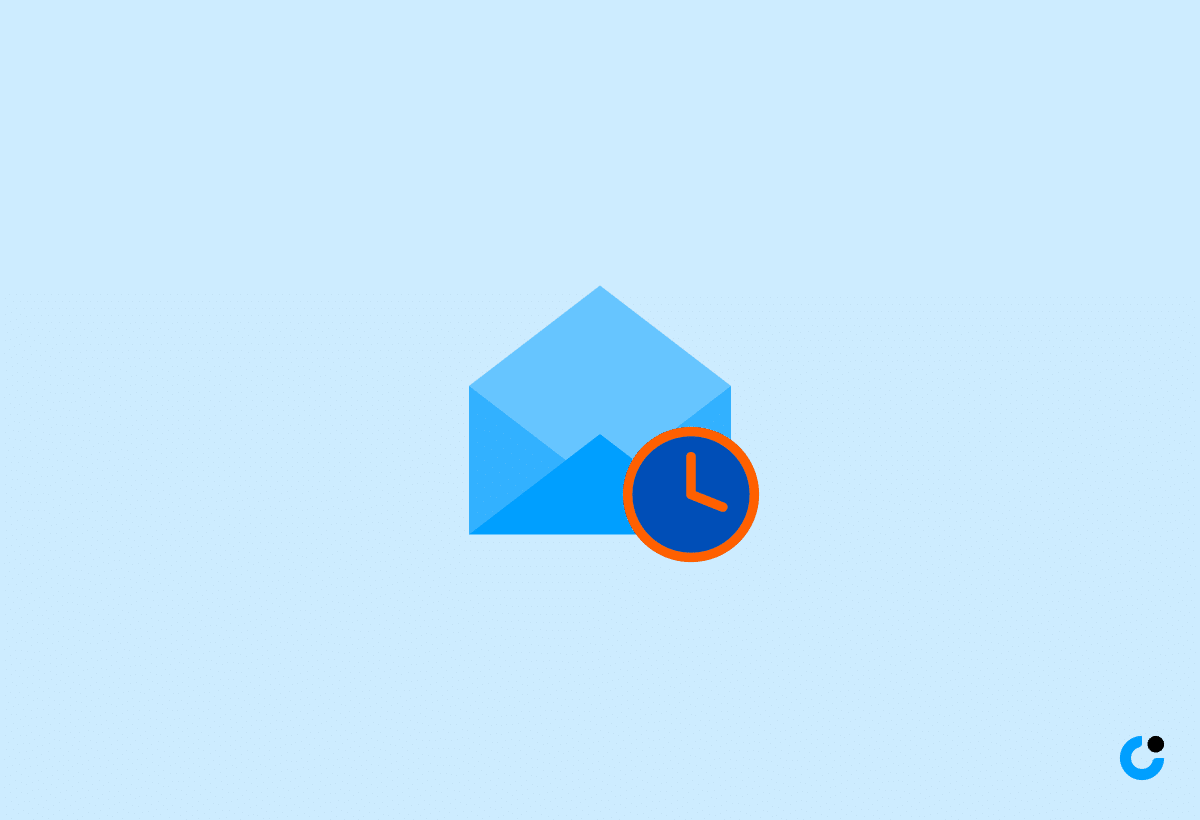Are you struggling to get the desired results from your cold email campaigns? The secret to success might lie in the timing. In 2024, knowing the best time to send a cold email is more crucial than ever. In this blog post, we’ll dive into the importance of timing, the best days and times for sending your emails, and various factors that influence cold email success. Get ready to supercharge your cold email outreach strategy!
Key Takeaways
- Timing is essential for successful cold email campaigns, as it impacts open rates and reply rates.
- Weekdays are typically the best days to send cold emails due to higher engagement levels. Tuesday, Wednesday & Thursday are top performers.
- Segment your list, use email scheduling tools and closely monitor campaign performance to maximize results from cold outreach efforts.
The Importance of Timing in Cold Email Campaigns

In the realm of cold email outreach, timing is of paramount importance. It can be the difference between a recipient opening your email amidst the sea of unread messages or your email getting lost in the abyss of their inbox. With the right timing, you can significantly improve your open rates, reply rates, and overall success of your email campaigns.
But finding the perfect timing can be a challenging task. You need to consider factors such as the recipient’s time zone, avoiding low-engagement periods, and ensuring that your message is relevant and engaging. We will delve deeper into these factors and more in the subsequent sections, guiding you to enhance your timing proficiency in cold email campaigns.
Why timing matters

Imagine sending a cold email at the wrong time, like on a busy Monday morning when your recipient is swamped with tasks and their inbox is flooded with unread messages. The chances of your email being opened and replied to are slim. Timing can have a significant impact on the visibility of your email in the recipient’s inbox, ultimately affecting your sales team’s performance significantly.
The optimal time to send cold emails can vary depending on your target audience. For instance, research suggests that weekdays, particularly Tuesdays, Wednesdays, and Thursdays, are more advantageous than weekends for cold email outreach. Sending emails at the right time can increase engagement and response rates, ensuring that your outreach efforts are not in vain.
Coming up, we will examine some timing-related challenges in cold email campaigns.
Challenges with timing

Finding the optimal time for your cold email campaigns can be a daunting task. You need to strike a balance between sending your emails at a time when your recipients are most likely to engage with them and not getting lost in the sea of other messages in their inbox. Moreover, you need to consider time zone differences and ensure that you’re not sending emails during low-engagement periods, such as lunchtime or late at night.
Overcoming these challenges requires the use of email marketing software to schedule your marketing emails at appropriate times according to your recipients’ time zones. Additionally, tools like Google Analytics can provide valuable insights into your target audience, allowing you to optimize your cold email campaigns for maximum success.
Next, we’ll uncover the most suitable days to send cold emails, along with the rationale behind this.
Best Days for Sending Cold Emails
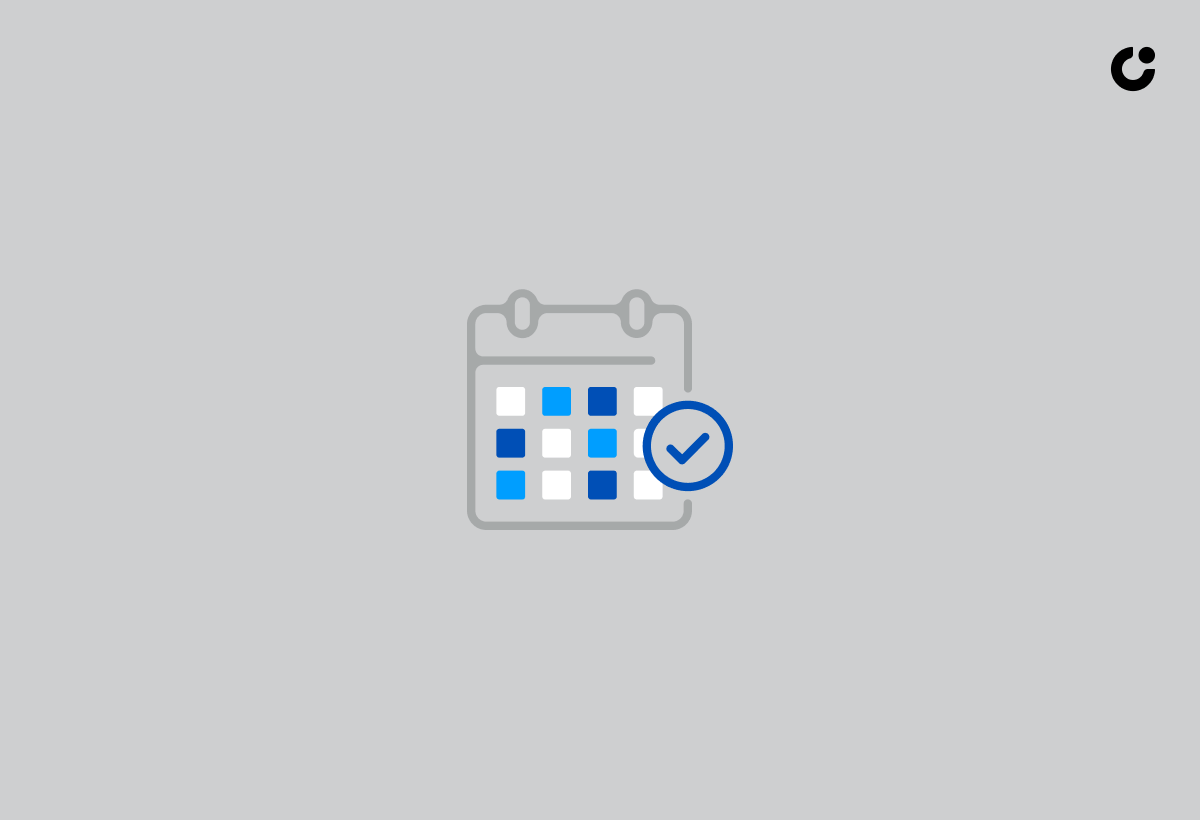
While the right timing for sending cold emails may vary for different industries and target audiences, data suggests that weekdays are generally better for cold email outreach than weekends.
We will proceed to examine the best days to send cold emails and the factors contributing to their success in the sales process. In the upcoming sections, we will delve deeper into these factors.
Weekdays vs. weekends

Tuesdays, Wednesdays, and Thursdays are considered the best days for sending cold emails, as recipients are likely to have settled into their weekly workload and be more open to reviewing additional emails in their inbox. On the other hand, Mondays are deemed less favorable for sending cold emails, as people are often overwhelmed with tasks at the start of the week and may not have the time or inclination to engage with your message.
On weekends, people usually have more free time but are less likely to check their business inboxes. This leads to lower open and response rates compared to weekdays. Hence, concentrating your cold email outreach on the most productive days of the week is vital to ensure your message reaches potential clients at a time when they’re most likely to engage.
Top-performing days
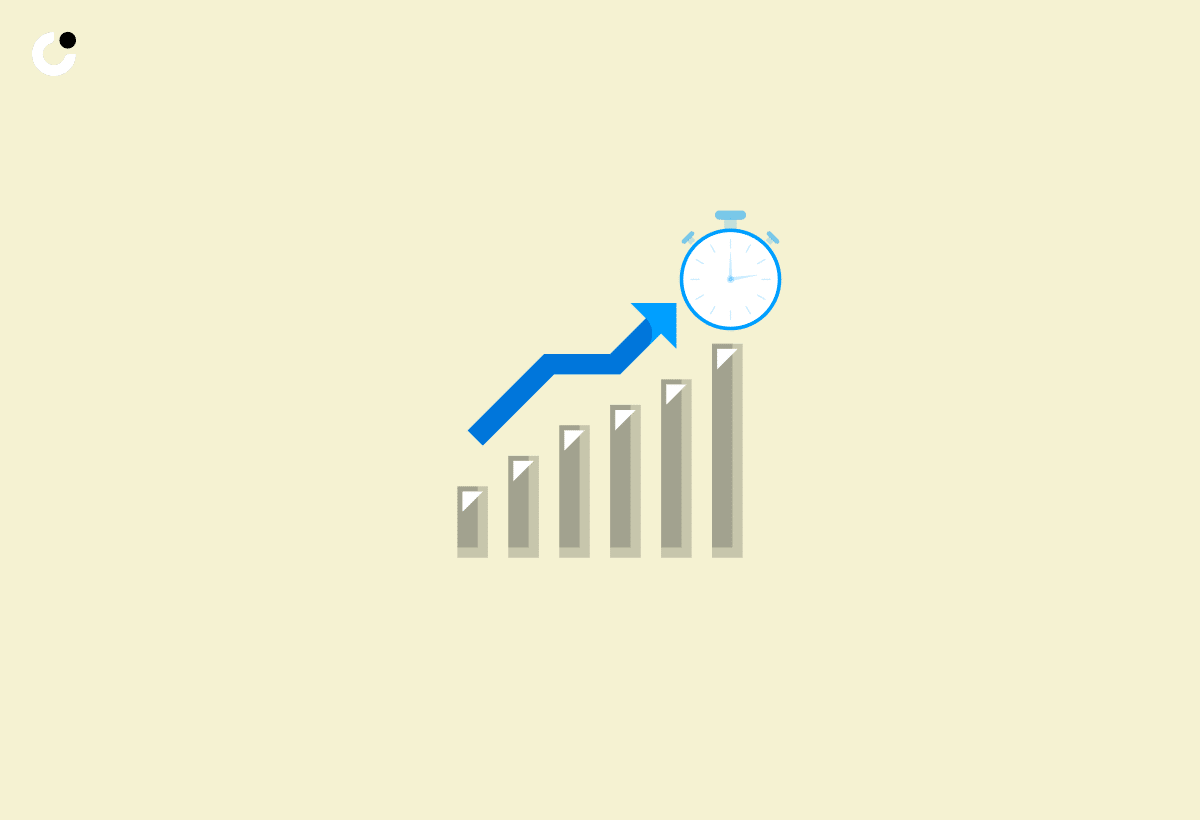
When it comes to cold email outreach, research suggests that Tuesday, Wednesday, and Thursday are the most effective days. Sending your emails on these days increases the likelihood that your message will be noticed and responded to, maximizing the potential for successful interactions with your target audience.
Having established the best days to send cold emails, let’s examine the most suitable times of the day for your outreach activities.
Optimal Times of Day for Cold Email Outreach

The optimal sending time for cold emails can vary depending on your target audience and their daily routines. However, sending emails during normal business hours (such as 9 AM to 5 PM) in the recipient’s time zone generally yields better results.
In the sections to follow, we will look in depth at the prime times for cold email outreach and the significance of time zone considerations when scheduling emails.
Morning, afternoon, or evening?
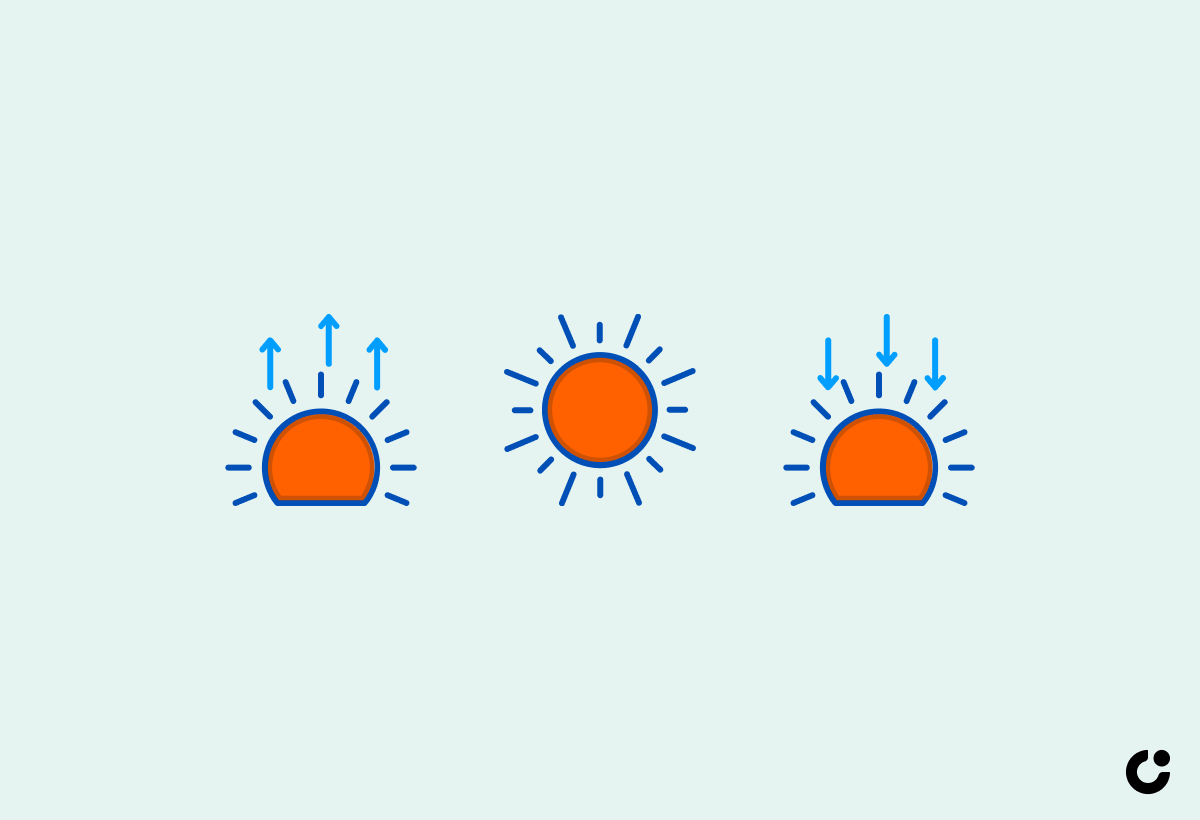
Sending cold emails in the morning, afternoon, or evening can all be viable options, but it’s important to consider the recipient’s time zone to ensure optimal engagement. For instance, sending emails during very early morning hours (such as 4-6 AM) or late afternoon (5-7 PM) in the recipient’s time zone can be advantageous as there is typically less competition for their attention. However, sending emails too early or too late can result in your message being overlooked or even flagged as spam.
To optimize your cold email outreach efforts, it’s crucial to analyze your target audience’s daily routines and preferences. This will enable you to determine the best time to send cold emails, ensuring that your message reaches your potential clients when they are most likely to engage with it.
The upcoming section will focus on the significance of considering time zones when scheduling your cold emails.
Time zone considerations
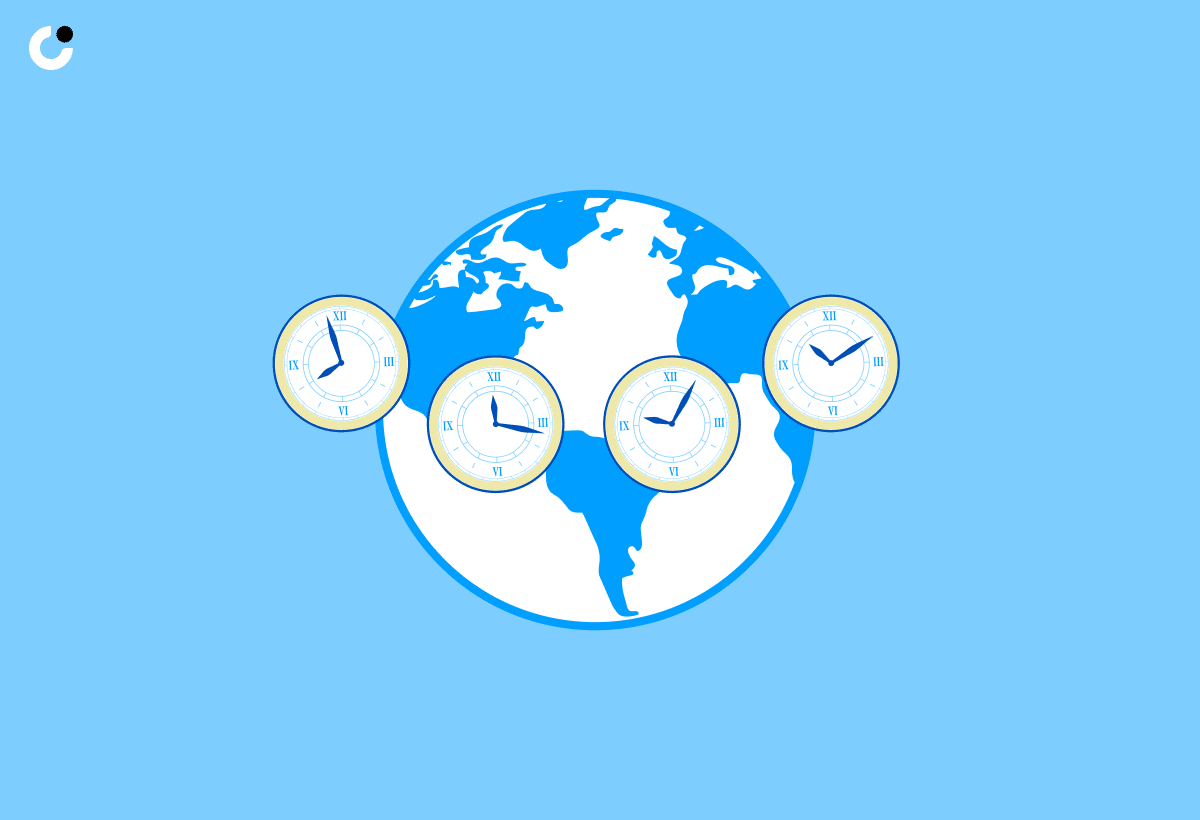
When scheduling your cold emails, it’s essential to consider the time zones of your recipients. This ensures that your emails reach them at the most suitable time for engagement and increases the likelihood of a successful interaction. Segmenting your email list based on time zones can help you better target your outreach efforts and improve overall campaign performance.
Now, let’s explore the factors that influence cold email success.
Factors Influencing Cold Email Success
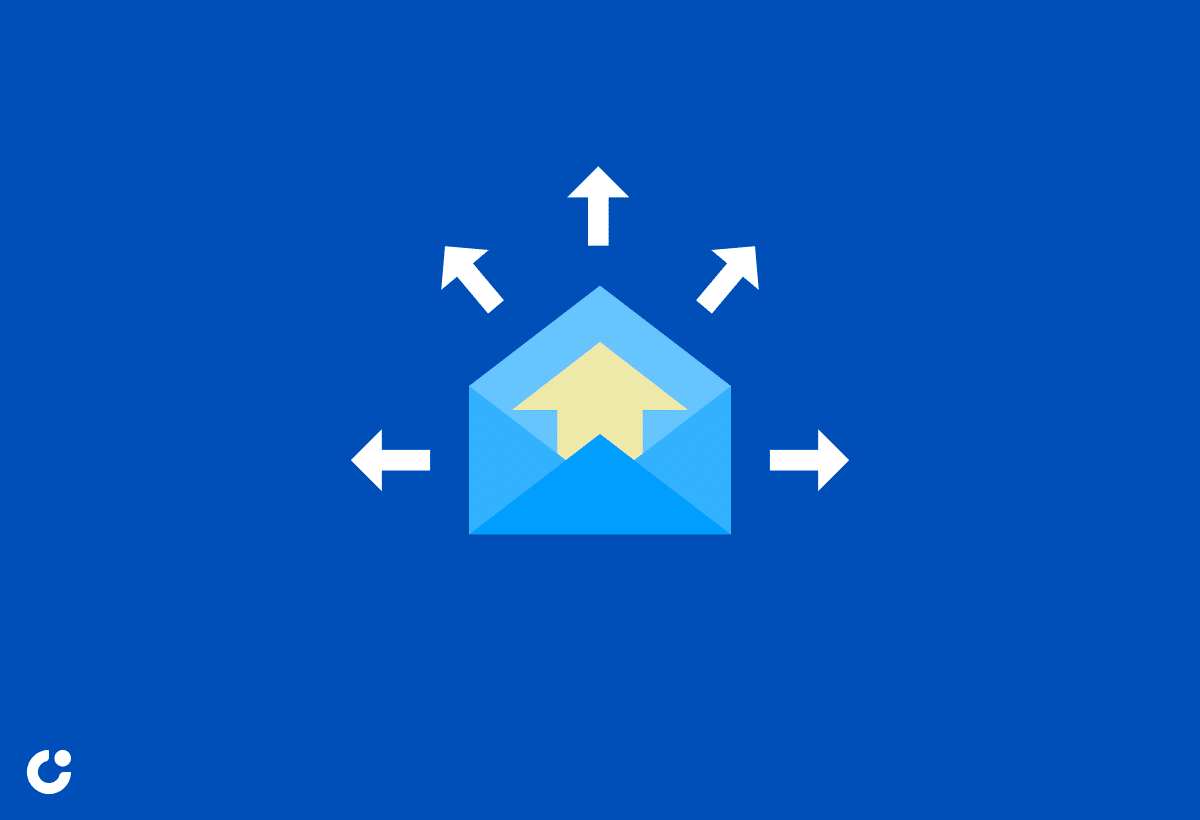
Several factors influence the success of cold email campaigns, including understanding your target audience, crafting personalized and relevant content, and continuously testing and optimizing your outreach strategy.
We will delve into these factors in detail in the upcoming sections, offering valuable insights to maximize your cold email campaigns’ efficacy.
Target audience insights
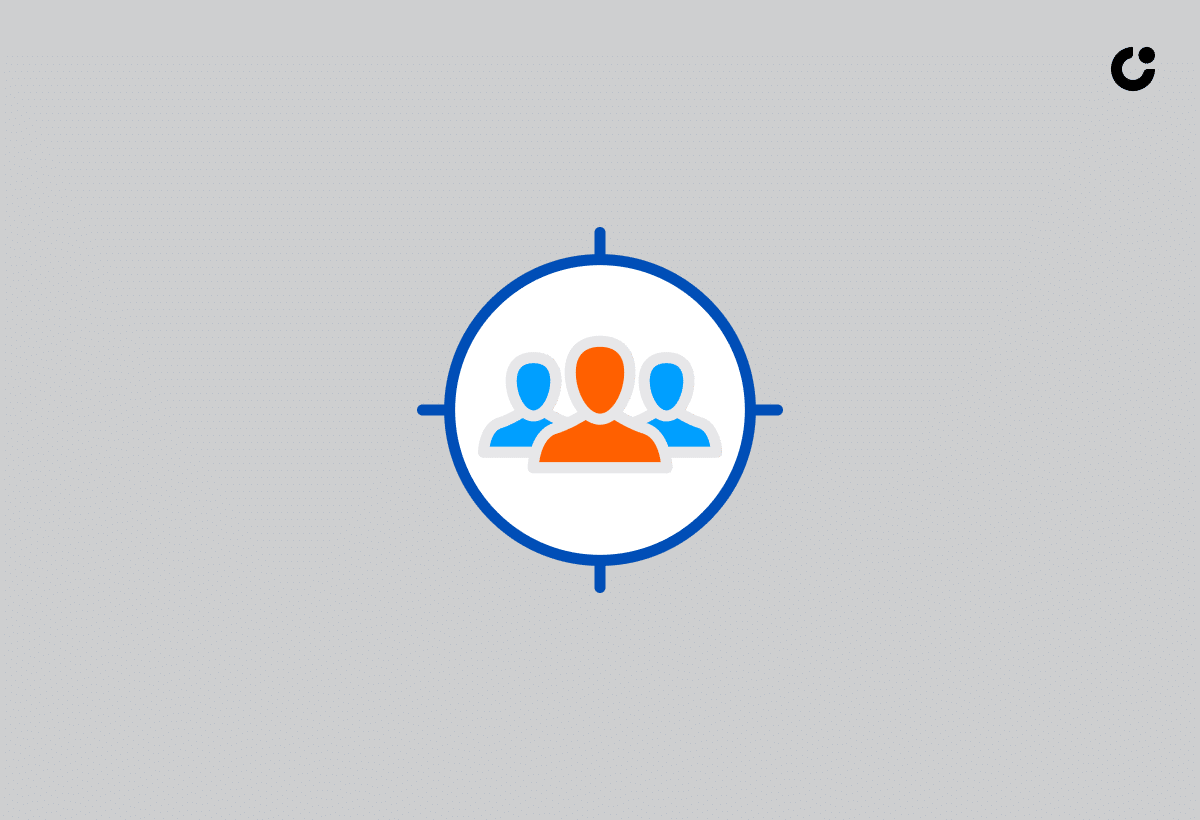
Researching your target audience’s demographics, preferences, and daily routines can provide invaluable information for determining the best time to send cold emails. By understanding your audience’s needs, interests, and pain points, you can craft more targeted and engaging emails that resonate with them and increase the chances of a successful interaction.
Gaining insights into your target audience can also help you identify the most effective sending times for your cold email campaigns. For instance, if you discover that your target audience is most active on social media during their lunch breaks, you may want to avoid sending emails during that time as they are less likely to check their inboxes.
Next, we will focus on the role of email content and personalization in cold email campaigns.
Email content and personalization

The content of your cold emails plays a vital role in determining their success. Crafting personalized and engaging content can improve open and reply rates, ultimately leading to better outcomes for your outreach efforts. Personalization can include incorporating the recipient’s name, addressing their needs and pain points, and providing value through relevant information or solutions.
In addition to personalization, the subject line of your cold sales emails is a crucial factor in capturing the recipient’s attention and increasing open rates. Crafting compelling subject lines that pique the interest of your recipients can make all the difference in the success of your cold email campaigns.
Coming up, we will delve into A/B testing and optimization techniques for cold email outreach.
A/B testing and optimization
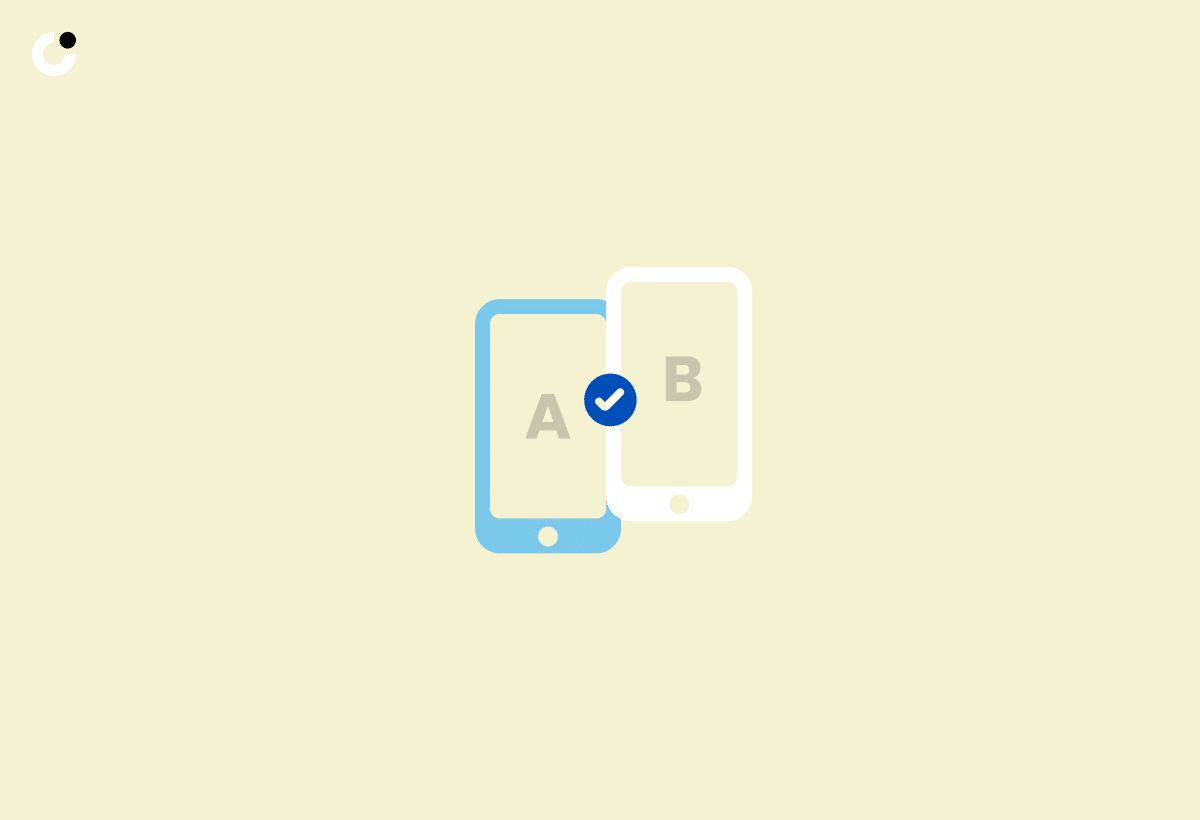
A/B testing is an essential tool for optimizing your cold email campaigns. It involves dividing your email list into two parts and sending slightly different versions of the same email to each group for comparison purposes. By comparing the performance of each version, you can identify which elements of your emails are most effective and make data-driven adjustments to improve your campaigns.
Experimenting with different sending times, subject lines, and email content through A/B testing can help you gradually enhance your cold email outreach results. Continuously monitoring and analyzing your campaigns’ performance allows you to make informed decisions on how to optimize your strategy and achieve optimal outcomes.
Next, we will share some tips to maximize the results of your cold email outreach.
Tips for Maximizing Cold Email Outreach Results
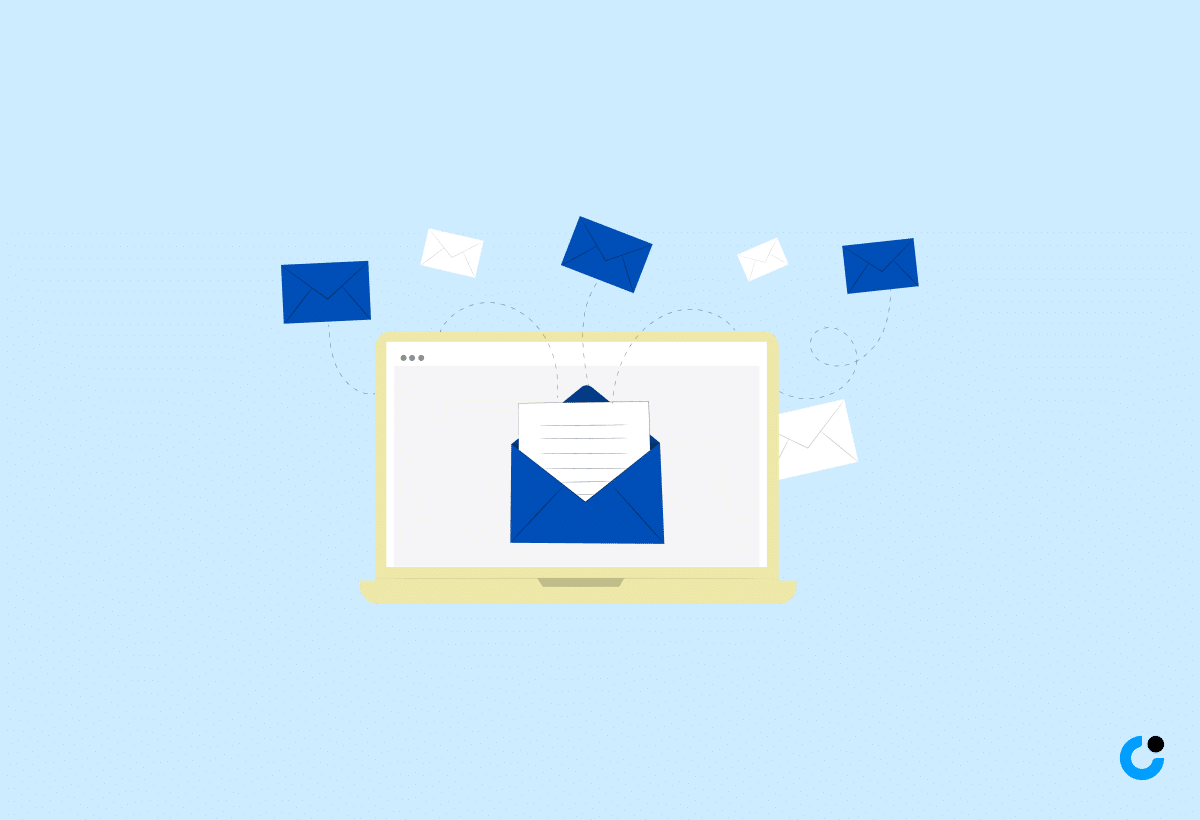
To maximize the results of your cold email outreach efforts, it’s crucial to implement strategies that include segmenting your email list, utilizing email scheduling tools, and closely monitoring and analyzing campaign performance.
In the sections to follow, we will offer a detailed analysis of these tips and their potential to help you optimize your cold email campaigns for optimal success.
Segmenting your email list

Segmenting your email list based on factors such as time zone, industry, and job role allows you to send targeted and relevant cold emails to specific groups of recipients. This increases the relevance of your emails and improves the chances of engagement and conversion. By targeting your outreach efforts to specific segments of your audience, you can create more persuasive and compelling emails, which can lead to higher conversions and achieving your desired outcomes.
Moreover, segmenting your email list can help you better understand your target audience’s preferences and interests, allowing you to tailor your messaging accordingly. This results in more personalized and engaging cold emails, ultimately leading to improved open and response rates.
Next, we will focus on the advantages of using email scheduling tools.
Using email scheduling tools
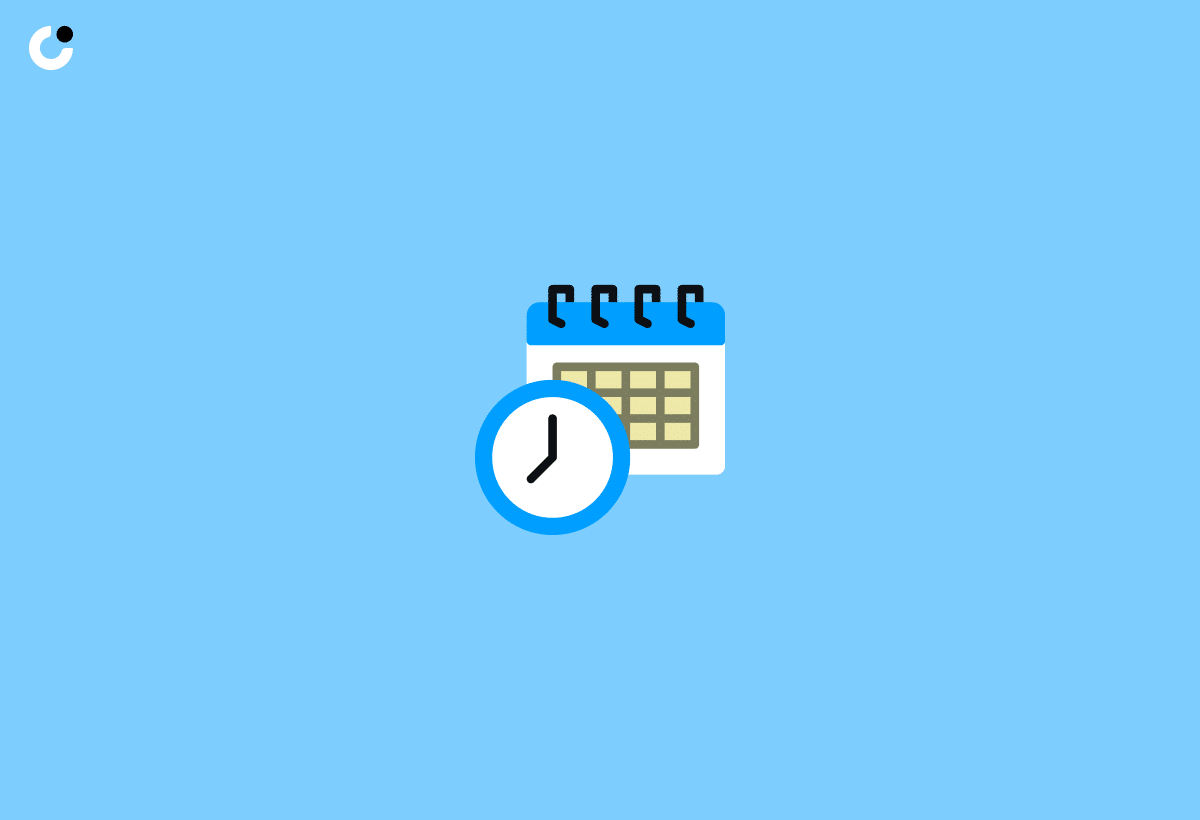
Email scheduling tools, such as:
These tools often have built-in spam filters to ensure the deliverability of your emails.
can be invaluable in automating the process of sending cold emails at the most suitable time for your target audience. These tools help ensure that your messages reach your recipients at the optimal time, increasing the chances of engagement and successful interactions.
By automating the scheduling process, you can save time and focus on crafting compelling and personalized content for your cold emails.
Monitoring and analyzing campaign performance
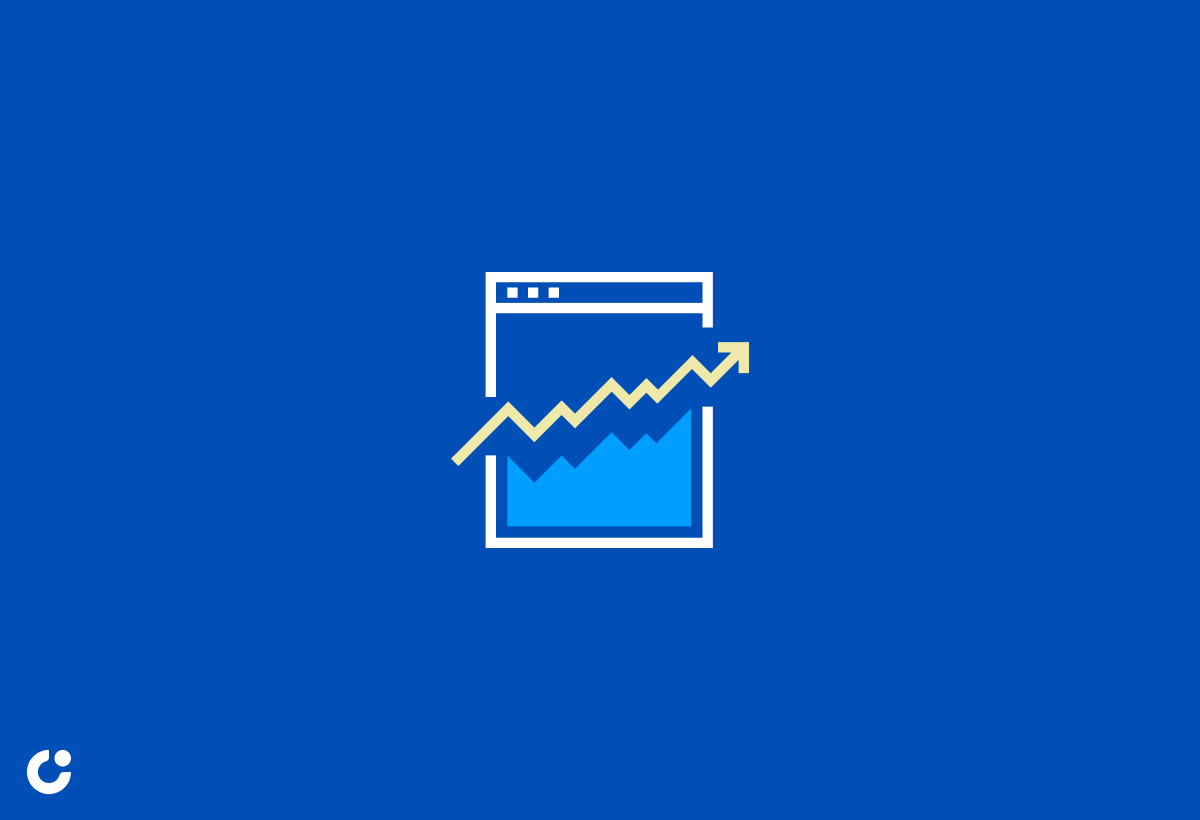
Monitoring and analyzing your cold email campaign performance allows you to:
- Identify areas for improvement
- Optimize your outreach strategy
- Track key performance indicators such as open rates, click-through rates, and response rates
- Determine which segments of your audience are most engaged and responsive
- Customize your cold email outreach to specific segments, increasing the likelihood of success.
Calculating the return on investment (ROI) of your cold email campaigns is another essential aspect of monitoring and analyzing performance. By comparing the cost of the campaign (time, resources, tools) to the results achieved (leads generated, conversions, revenue), you can make informed decisions about the effectiveness and value of your cold email outreach strategy.
Summary
In conclusion, timing is a crucial factor in the success of cold email campaigns. By understanding your target audience, crafting engaging and personalized content, and continuously testing and optimizing your outreach strategy, you can dramatically improve the effectiveness of your cold emails. Implement the insights and tips provided in this blog post to supercharge your cold email outreach in 2024 and achieve outstanding results.
Frequently Asked Questions
What is the best time of day to send cold sales emails?
For optimal open and click rates, sending cold emails between 6-9 am PST (9 am-12 pm EST) is the best time of day. Our results differ from other studies that determined 10 am was the most successful time for email outreach.
Should I send cold emails out during the week or on weekends?
For the highest open and reply rates, sending cold emails on weekdays (especially Tuesdays, Wednesdays, and Thursdays) is likely to be more successful than on weekends. Test different times and analyze the results for optimum engagement.
Is it OK to send cold emails?
Sending cold emails is perfectly acceptable as long as you follow the necessary guidelines, such as the CAN-SPAM Act. It's also important to make sure you adhere to any other regulations in the countries where you are sending emails.
How can I optimize the timing of my cold emails?
Optimize your cold emails timing by scheduling them with tools, segmenting your list based on time zones and A/B testing to gain the most engagement.
How can I improve the content of my cold emails for better engagement?
Create personalized, engaging content addressing the needs and pain points of your target audience, with a compelling subject line and professional tone. Make sure to avoid any artifacts in your email, and begin with a clear conclusion in the first sentence.

